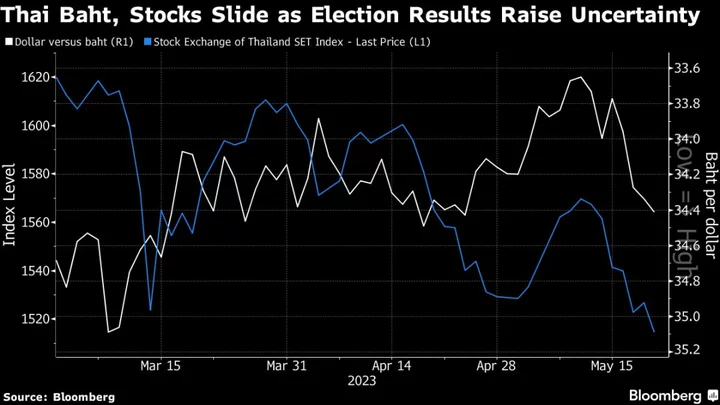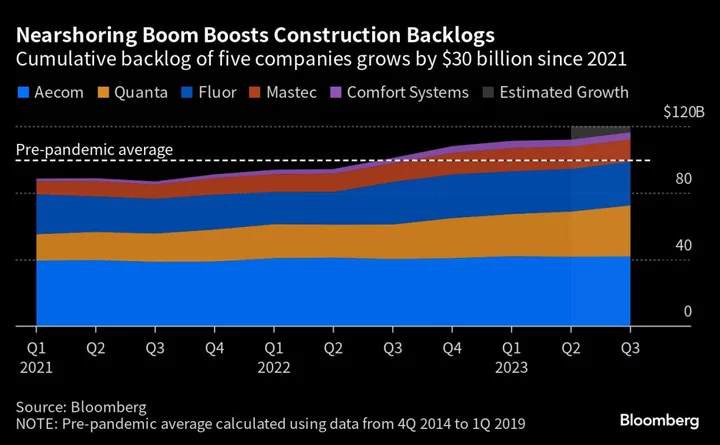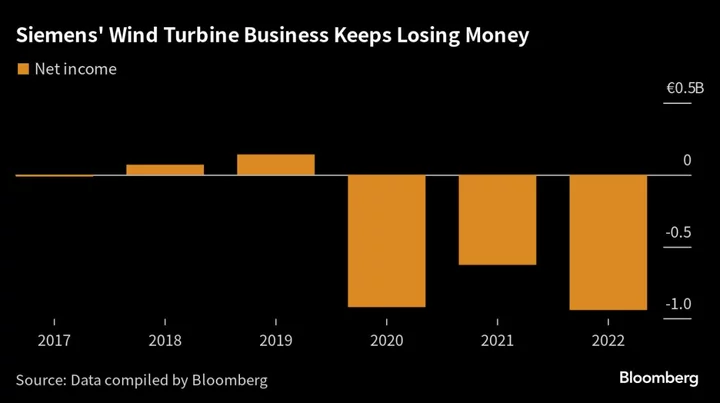China’s regional banks could incur a capital hit of 2.2 trillion yuan ($301 billion) from a growing debt crisis in the nation’s local governments, according to S&P Global Ratings.
In a downside scenario, about one fifth of the regional banks, which hold about $15.6 trillion of assets as of the end of 2022, could sink below the minimum regulatory capital adequacy ratio of 8% and require recapitalization, S&P analyst Michael Huang wrote in a report dated Wednesday.
China is gearing up efforts to help avert a credit crunch in its $9 trillion LGFV market. Local governments face increasing fiscal pressure after land sales dried up and they were directed to boost spending on Covid suppression. Authorities have been grappling with the fallout from a protracted property crisis, and financial stability is paramount at a time when the world’s second largest economy has struggled to gain a solid footing.
Financial regulators recently issued clearer directives for its policy banks and biggest lenders to extend local government debt at lower interest rates, after having urged banks earlier to roll over debt and extend maturities. Such debt restructuring could weigh on regional lenders too, and those with concentrated exposures in lower-tier cities will likely feel the most pain, according to S&P’s Huang.
“The rising risk of debt restructuring among LGFVs will burden China’s regional banks,” he wrote. “For some of these banks, the pain could be too much to bear by themselves.”
Bank of Hangzhou Co., Bank of Chongqing Co. and Bank of Chengdu Co. have the highest exposure to LGFVs among regional peers, according to S&P data.
The analyst expects about 74% of regional lenders’ LGFV debt to be restructured, compared with a national average of 60%, leading to a 3.6 percentage point decline in the regional banks’ capital adequacy ratio.
A lot of local governments have rather limited options to support regional banks should they fail, and the central government would have to step in to prevent any systemic risk, Huang said.
The regional lenders have so far managed to maintain their capital buffers adequacy, and the group as a whole could still keep their capital adequacy levels above regulatory requirement even after a hit from LGFV debt restructuring, he said.









